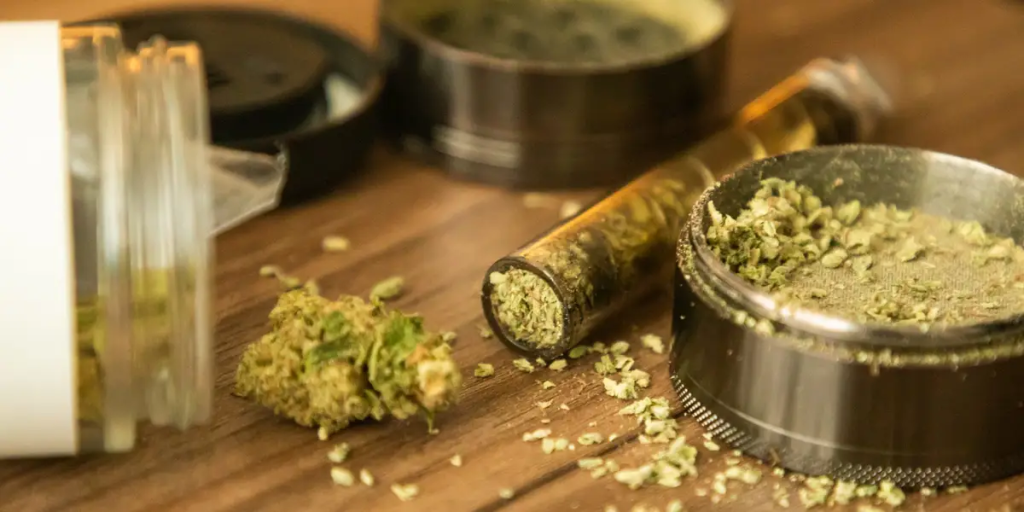Trichoderma is a genus of fungi that belongs to the family Hypocreaceae. It is a type of filamentous fungi that is commonly found in soil, decaying plant material, and other natural environments. Trichoderma species are known for their ability to act as beneficial microorganisms in agriculture, as they can have various plant growth-promoting and biocontrol effects with https://gas-dank.com.
What Is Trichoderma

Trichoderma species are known for their ability to colonize plant roots and form symbiotic associations with plant roots, known as mycorrhizae. These associations can enhance plant nutrient uptake, promote plant growth, and improve plant resistance to diseases and pests. Additionally, Trichoderma species are known for their ability to produce a variety of enzymes, such as cellulases, chitinases, and proteases, which can degrade plant pathogens and help protect plants from diseases.
Trichoderma species are also used in the production of commercial biocontrol products for agriculture, as they can effectively control various plant pathogens, including fungi, bacteria, and nematodes. These biocontrol products are often used as a natural alternative to chemical pesticides, as they are environmentally friendly and do not leave harmful residues in the soil or on crops.
In addition to their agricultural applications, Trichoderma species are also studied for their potential in other areas, such as bioremediation, biofuel production, and enzyme production for industrial processes.
It’s worth noting that while most Trichoderma species are considered beneficial, there are a few species that can also cause diseases in humans, particularly in individuals with weakened immune systems. Therefore, it’s important to handle Trichoderma and its products with appropriate precautions and follow guidelines for safe use.


Leave a Reply